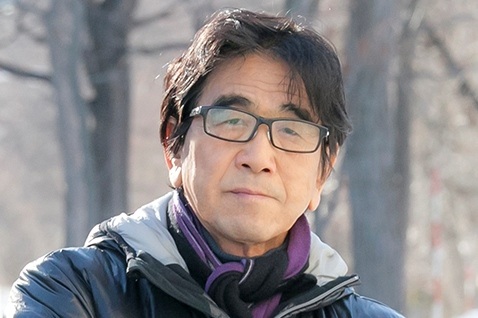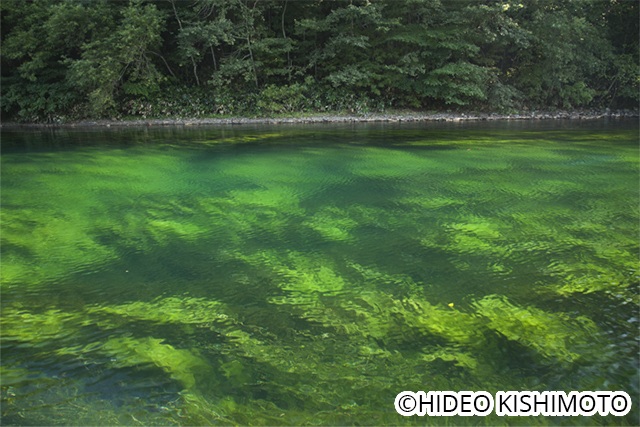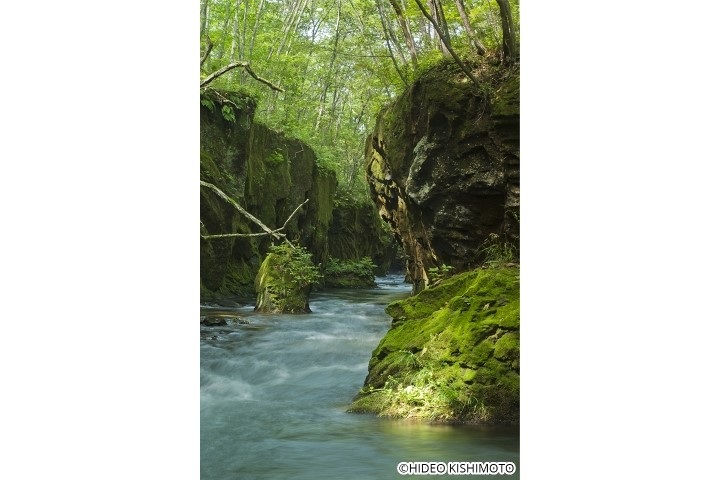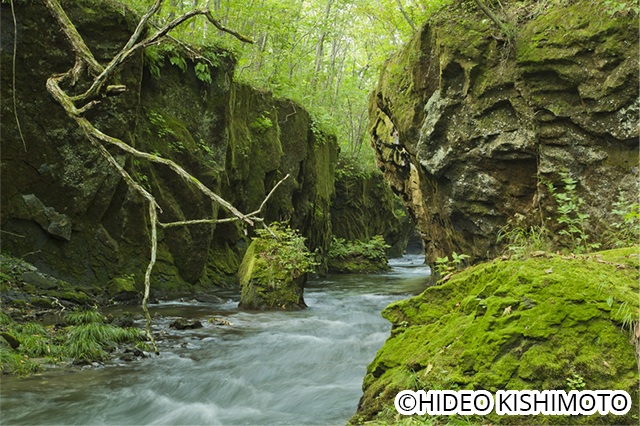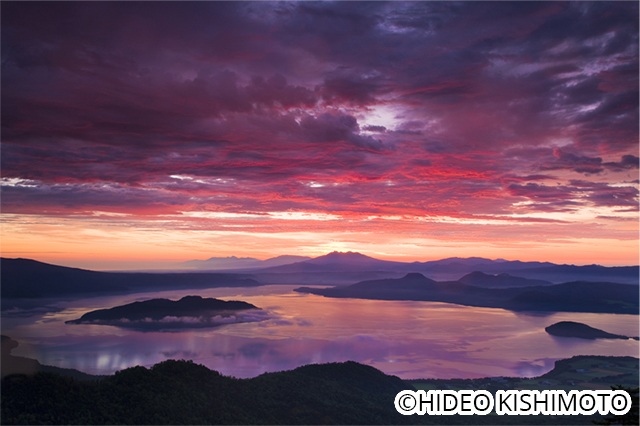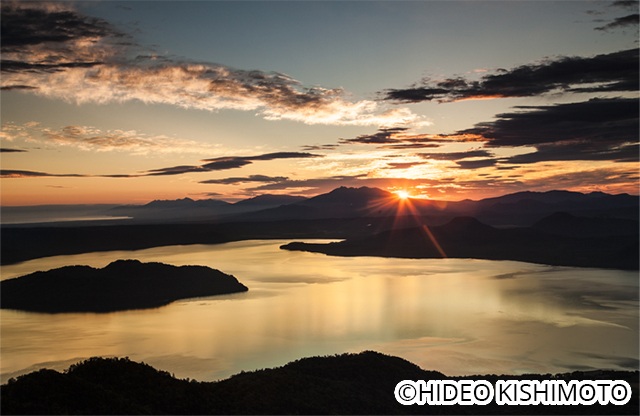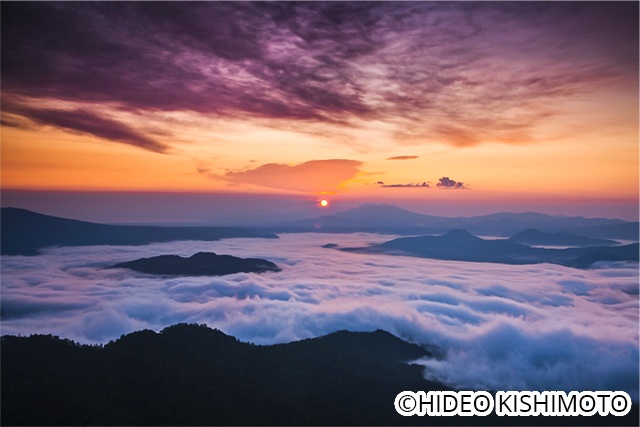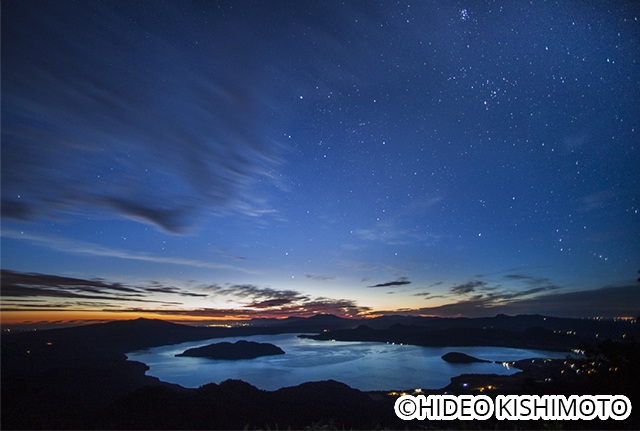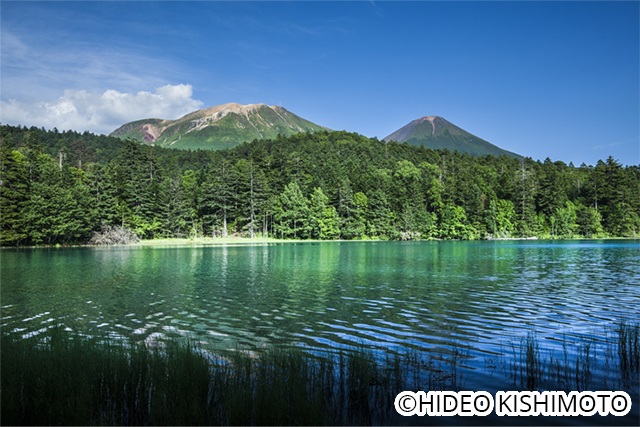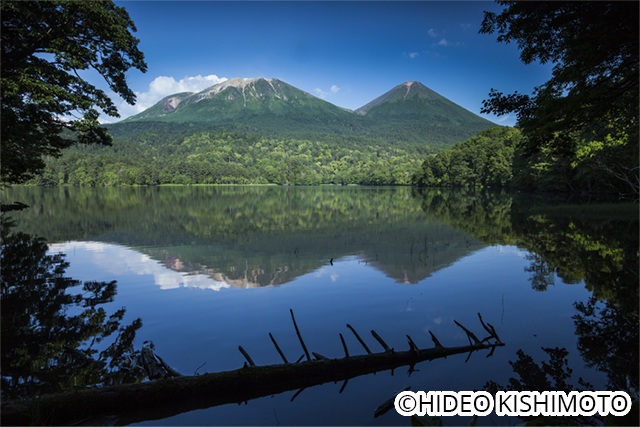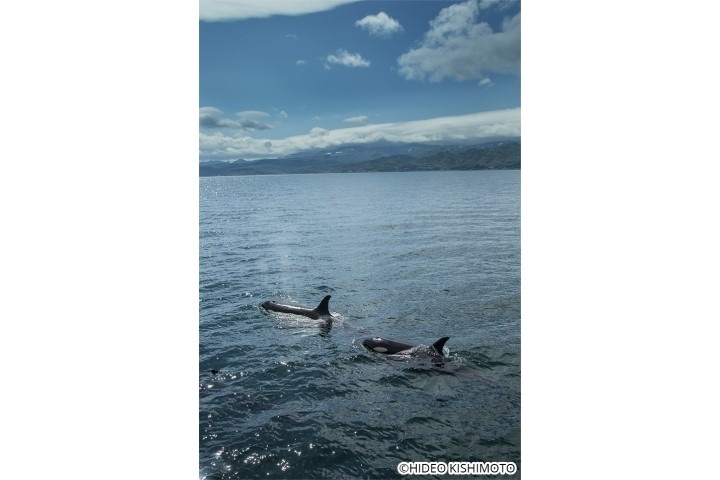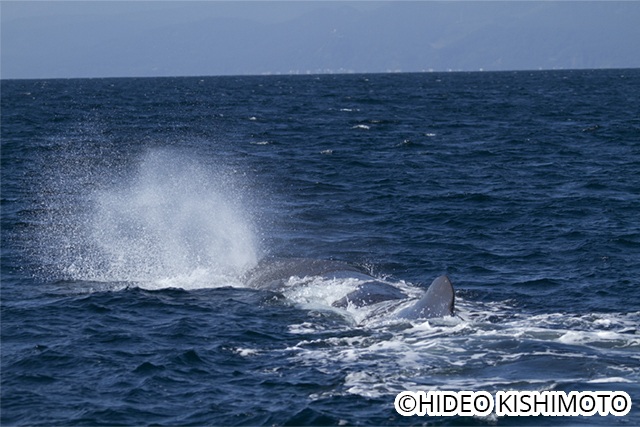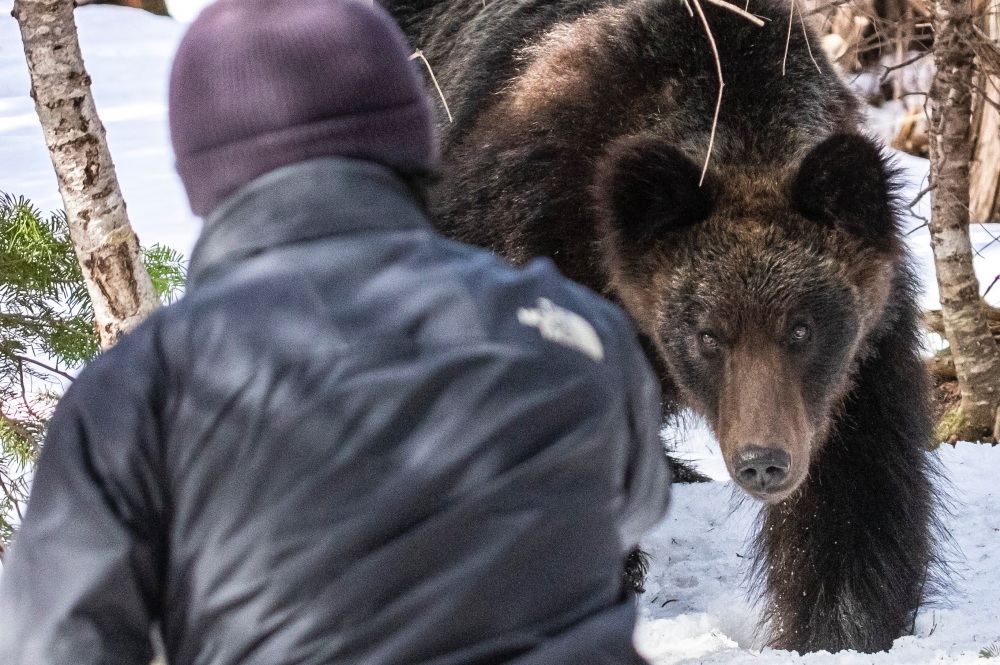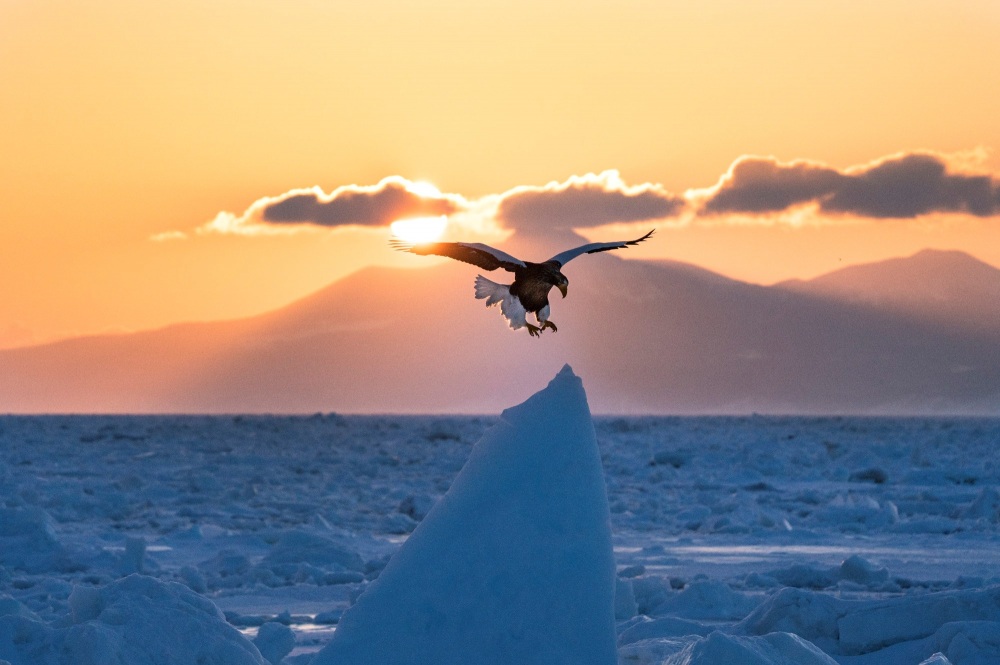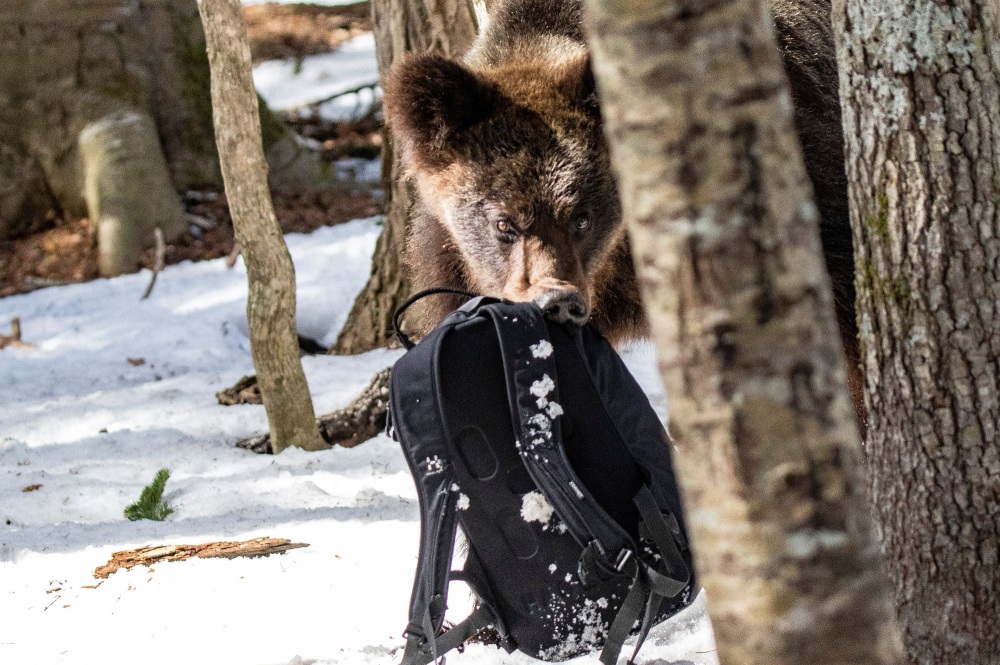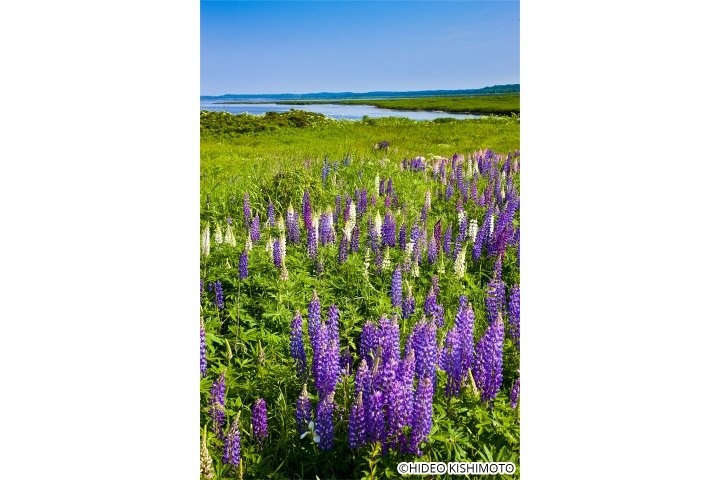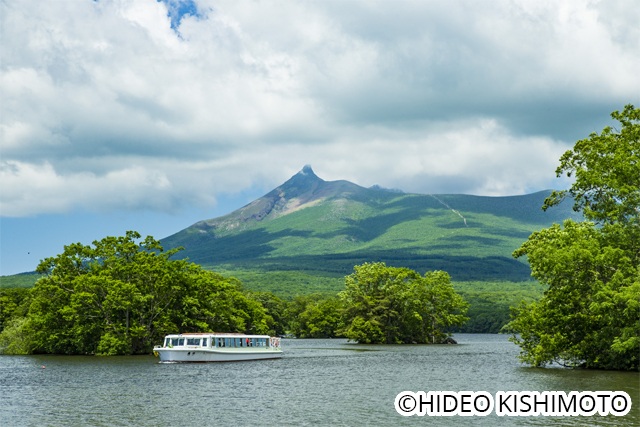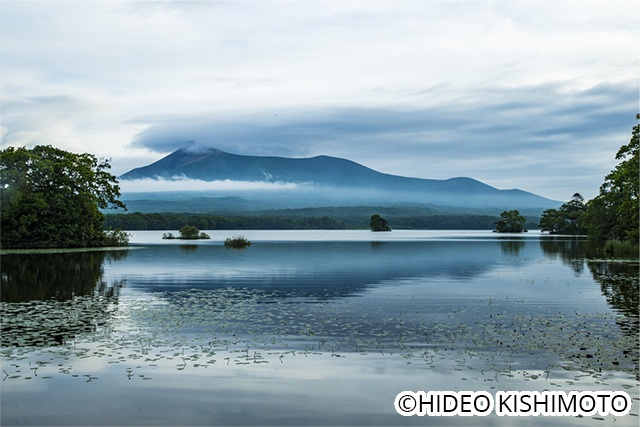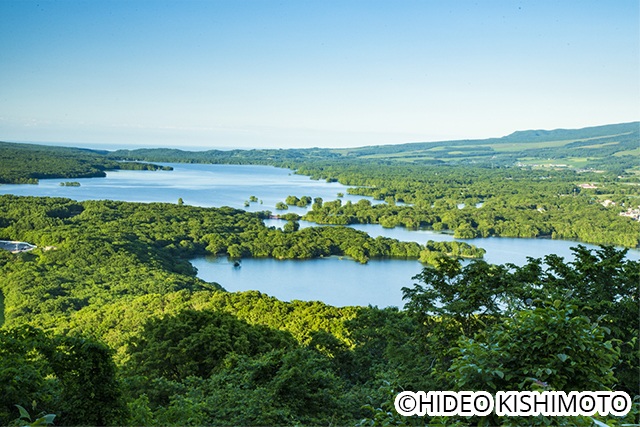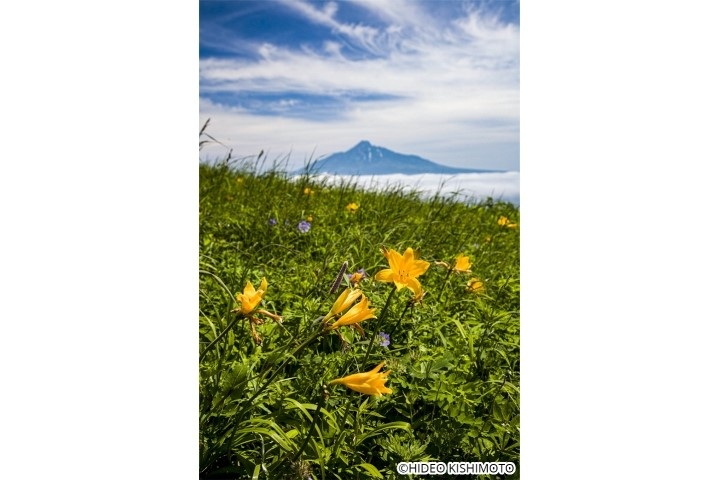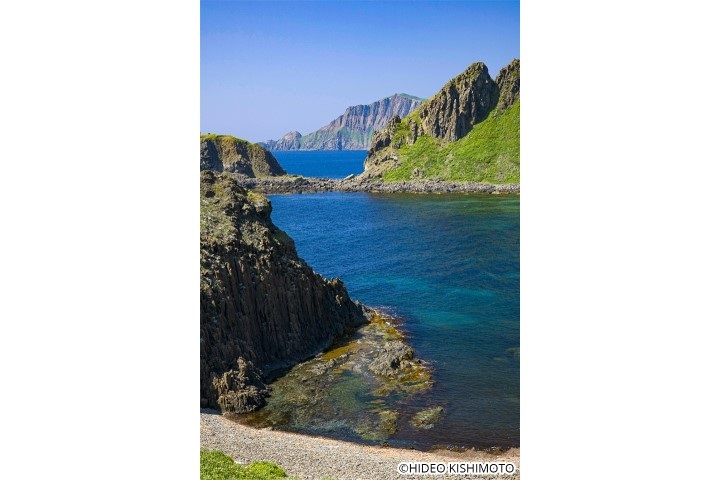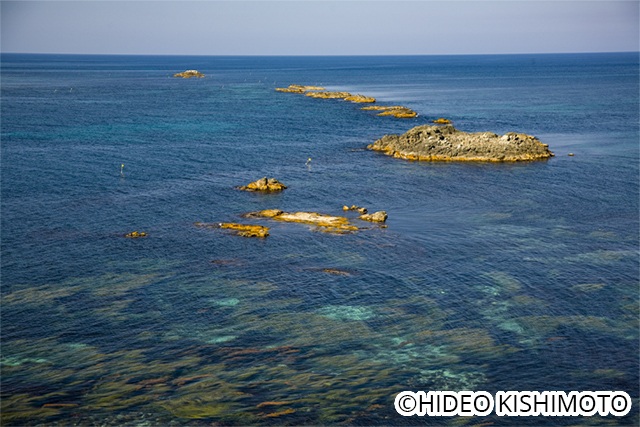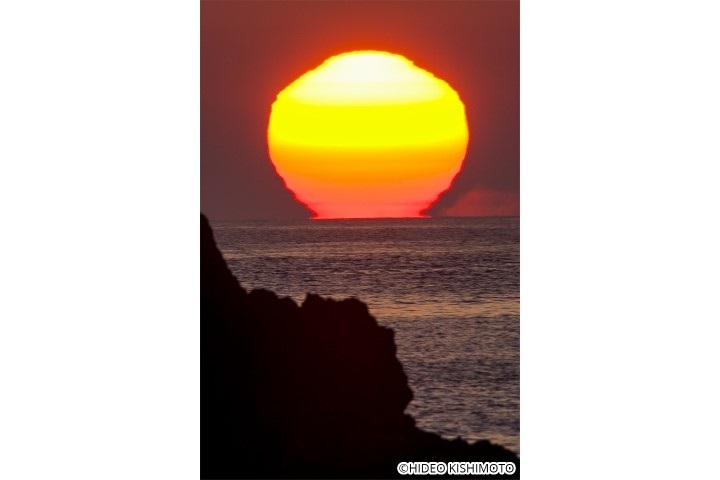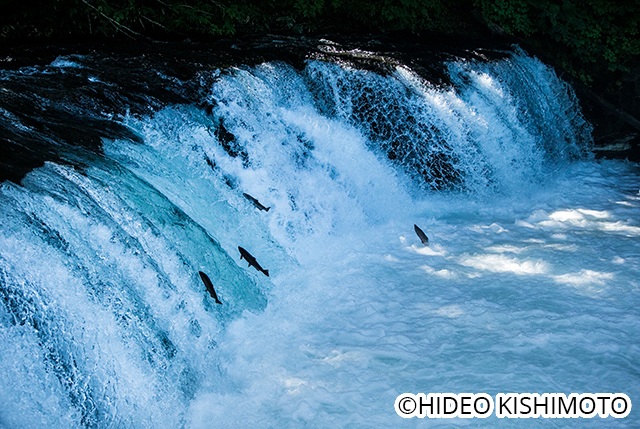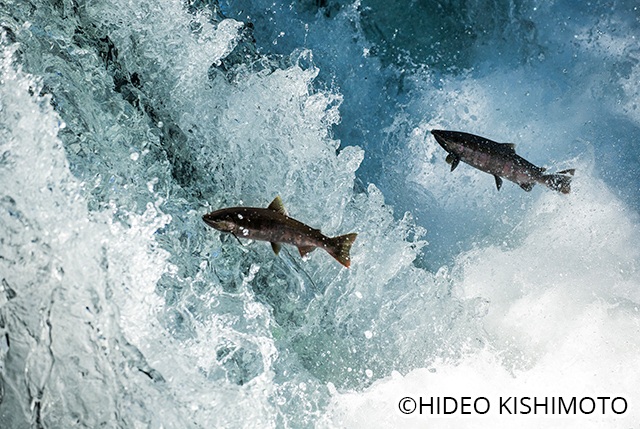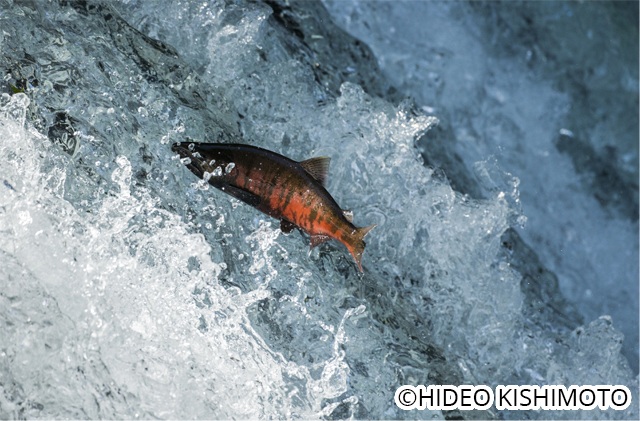Photographer Recommends 7 Spectacular Views of Hokkaido in Summer
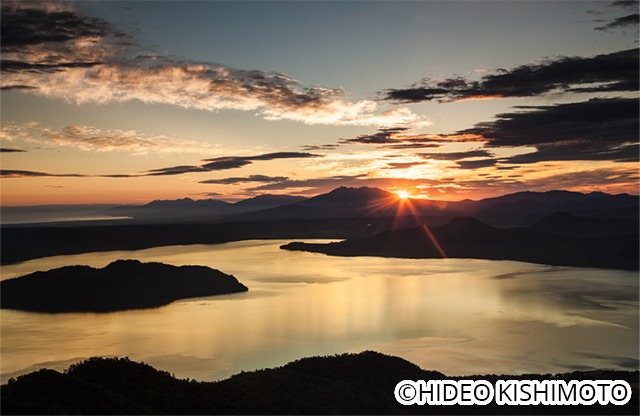
Summer has arrived in Hokkaido! The wonderful scenery that one encounters in various parts of the island, where magnificent nature spreads out and heals, should not only be burned into one's mind as memories, but should also be preserved in photographs. We asked Mr. Kishimoto, a professional photographer who has been active on the front lines of photography in Hokkaido for many years, to recommend some of the most spectacular spots in Hokkaido during this season. So, with camera in hand, let's set out on a journey in search of spectacular scenery!
*Please enjoy your visit while observing the rules of sightseeing etiquette and photography.
*Please note that the information on this page is subject to change. Please check the official website for the latest information.
- * Please note that the text shown on this page includes machine translations.
This is the person who chose us! Hideo Kishimoto, a photographer living in Sapporo
<profile> Born in Saroma Town, Hokkaido.
He is the president of Sapporo Commercial Photo Studio Co., Ltd. and a member of APA Japan Advertising Photographers' Association, Japan Photographic Society, Japan Natural Science Photography Association, and Tourism Ambassador of Toyokoro Town, Hokkaido (jewelry ice ).
Fascinated by the vitality and beauty of Hokkaido's wilderness and the wild animals and birds that inhabit it, he has exhibited his work both in Japan and abroad under the theme of “Life, the Splendor of a Moment. She has exhibited her works at the World Exposition in London (Special Jury Prize), Lausanne, Switzerland, and was invited to participate in the Republic of Malta Art Festival. Won a prize in the Japan Tourism Poster Contest for three consecutive years for his poster of jewelry ice.
Lake Shikotsu and Tarumae Garo
Lake Shikotsu and Tarumae Garo (Tomakomai) are two places that Mr Kishimoto insists should be visited once you land at the airport. Lake Shikotsu is a 40-minute drive from New Chitose Airport, Hokkaido's air gateway. Lake Shikotsu is located in the Shikotsu-Toya National Park and is popular as an easy spot to enjoy the great outdoors. Tarumae Garo, located about an hour's drive from Lake Shikotsu, is a well-known scenic spot visited by many photographers and other people who want to see the beautiful scenery.
■Lake Shikotsu
Lake Shikotsu is a breathtaking spot where you can easily enjoy the great outdoors. It has been ranked as the clearest lake in Japan multiple times by the Ministry of the Environment, thanks to its highly transparent and clear waters. You can enjoy activities like canoeing and diving, making it a perfect place to relax and connect with nature. Since it gets crowded during the day, it's recommended to visit early in the morning for a more serene experience and to capture refreshing and calm photos.
Mr. Kishimoto recommends a photo spot on the left side of the sightseeing boat dock. Here, you can take pictures where the lake's clear blue water appears green. This color change is due to the aquatic plant "Chitose Baikamo," a native species of Lake Shikotsu, which turns into algae after blooming underwater. "The water is so clear that it reflects a vivid green color," he explained.
■Tarumae Garo
Tarumae Garo is a gorge located on the southern foothills of Mount Tarumae. As the name "Garo" (sheer cliff) suggests, it is a stunning sight known as the "green curtain" due to the lush vegetation growing on the steep cliffs. Mr. Kishimoto recommends visiting during the fresh green season when over 60 species of moss create a breathtaking view on the rock surfaces. He describes it as an enchanting space where the sound of the river and the calls of wild birds resonate in the silence. It's advisable to wear comfortable walking shoes as there is a steep slope from the parking lot to the gorge.
For photography, Mr. Kishimoto suggests using a slow shutter speed to beautifully capture the clear flow of the water. "To take photos of sunlight streaming onto the rock surfaces and water, it's best to visit in the morning. You'll be overwhelmed by the natural beauty! In summer, it's also a great place to cool off," he explained.
Tsubetsu Pass
In recent years, the sea of clouds has become popular not only among photographers but also among tourists. While it is often thought that you need to hike or take a ropeway to see it, Tsubetsu Pass is a spot where you can view the sea of clouds by car. Tsubetsu Pass is the highest observation facility on the outer rim of the Kussharo Caldera, which surrounds Lake Kussharo, and it is said to have a high probability of seeing the sea of clouds.
The vast sea of clouds spreading over Lake Kussharo is becoming increasingly popular not only among photographers but also tourists. While it is often thought that you need to hike or take a ropeway to see it, Tsubetsu Pass is a spot where you can view the sea of clouds by car. Tsubetsu Pass is the highest observation facility on the outer rim of the Kussharo Caldera, which surrounds Lake Kussharo, and it is said to have a high probability of seeing the sea of clouds.
Mr. Kishimoto says that even on days when you can't see the sea of clouds, just watching the beautiful sunrise is moving. On clear days, you can see a grand panorama including the Sea of Okhotsk and the Shiretoko Mountain Range.
On some days, you can see the sunrise above the sea of clouds. This photo shows the sun rising from the clouds, spreading like a sea, just as the term "sea of clouds" suggests. "Taking photos of the sea of clouds and the sun may seem difficult, but you can capture them well by fixing your camera on a tripod. The sea of clouds is more likely to occur when there is a significant temperature difference, so please give it a try," Mr. Kishimoto advises.
When Mr. Kishimoto photographs Tsubetsu Pass, he starts around 3 a.m. "For those with the stamina, I recommend starting before dawn when the eastern sky begins to lighten. You can capture a shot where the stars and the sunrise coexist, as if you are in the space between night and morning," he says. If you love starry skies, why not give it a try?
Lake Onneto
Lake Onneto, a lake with a circumference of 2.5 km, is tucked away in Akan-Mashu National Park. The lake is famous for its autumn foliage, but Mr. Kishimoto recommends visiting in summer as well. It is a mysterious lake whose surface is said to change its color into five different colors depending on the season and weather. "It is worth photographing because you can see different colors depending on the location and time of day," he says.
Lake Onneto offers well-maintained walking trails along its shores, and from the dedicated viewing deck, you can enjoy views of Mount Meakan and Akan Fuji. The lake's surface is a clear blue in the foreground and a shimmering green in the background, creating a magical scene. "The contrast between the two mountains and the changing colors of the lake, along with the trees and grasses reflected in the water, is wonderful," says Mr. Kishimoto.
To capture a clear reflection of the trees on the lake's surface, it is recommended to visit early in the morning when there is no wind. In the afternoon, the wind picks up, making it difficult to take calm photos.
The lake's greatest feature is how its appearance changes depending on the viewing angle and light conditions. The trees submerged in the emerald green water are clearly reflected due to the high transparency of the lake water. "In addition to the viewing deck, there are other photo spots along the walking trails and at the campsite. Find your favorite colors and views as you walk around," says Mr. Kishimoto.
Shiretoko Rausu - Notsuke Peninsula
Mr. Kishimoto also focuses on wildlife photography. One of Hokkaido's attractions is the opportunity to observe rare wildlife. He recommends the Shiretoko Rausu - Notsuke Peninsula area for its pristine nature, where you can see wild animals in their natural habitat up close. From spring to summer, many animals are in their breeding season, and you may come across animals that you would not normally see. I hope you will take photos of these lively animals.
Orcas in Rausu Town
In Shiretoko, Rausu, Mr. Kishimoto takes a sightseeing boat to capture the many creatures from the deck. He says that even this shot of two orcas swimming side by side is not difficult to capture. "You often see them gathering right next to the boat, so you just need to aim for the moment they surface. By including the land in the background, you can take dynamic photos that express the vastness of the Nemuro Strait," he shares.
The peak season for orcas is from May to June (they can be seen until mid-July). In August, sperm whales are at their best viewing time. The sight of orcas and sperm whales blowing spouts and creating large splashes is breathtaking. Due to their vigorous movements, it's essential to judge the right moment for a shot, but capturing these rare moments on camera is highly recommended.
■Notsuke Peninsula (Todowara and Narawara)
Notsuke Peninsula is a landform known as a sandspit, where sand from the sea has accumulated. There are two main photography spots: Todowara (with dead Sakhalin fir trees) and Narawara (with dead Mongolian oak trees), both eroded by subsidence. According to Mr. Kishimoto, both locations are treasure troves of rare birds and wildlife, making them must-visit spots for animal photography enthusiasts. This photo, taken at Todowara during sunset, impressively captures herons standing side by side.
While it's easy to focus on the wildlife and birds, this area is also rich in flowers, making it a great place for flower photography on sunny days. "I shoot landscapes when the weather is good and animals when it's bad. I hope you make the most of your precious travel time and take as many wonderful photos as possible," Mr. Kishimoto said with a smile.
Onuma Quasi-National Park
"Onuma Park is home to many wild birds and offers a variety of scenic views throughout the seasons. It's close to Hakodate, so I recommend taking the time to visit," says Mr. Kishimoto.
Onuma Park, formed by the eruption of the volcanic Mount Komagatake, consists of Onuma, Konuma, Junsainuma, and numerous small islands. Its beauty has earned it a place among Japan's New Three Scenic Spots.
Onuma has well-maintained walking trails where you can take photos with Mount Komagatake in the background. During summer days, sightseeing boats operate, allowing you to capture photos of boats weaving through the trees on the small islands floating in the lake.
Mr. Kishimoto recommends visiting early in the morning. The lake reflects the floating islands and Mount Komagatake, creating a magical atmosphere with the morning mist. "While most photos of Onuma are taken on clear days, you can also capture these enchanting scenes," he says.
For a panoramic view of the entire Onuma Park area, Mr. Kishimoto suggests taking photos from the Higurashiyama Observatory, which is a bit further away. "On clear early mornings, the sunlight from the east illuminates the lake and islands, allowing you to capture a clear view of Onuma. Since you can only get there by car, consider using a rental car," he advises.
Rebun Island
Rebun Island, the northernmost remote island of Hokkaido, is entering its best season. It takes about two hours by ferry from Wakkanai City to reach this island, and July is especially recommended. "This island is a treasure trove of nature with beautiful seas. In July, when alpine plants bloom, the combination of the Sea of Japan, flowers, and the distant view of Rishiri Fuji makes for great photos," explains Mr. Kishimoto.
Rebun Island is called the "Floating Island of Flowers" because about 300 species of alpine plants can be seen. The island has well-maintained walking trails, allowing you to enjoy photography while walking. "By placing the alpine plants in the foreground and Rishiri Fuji in the background, you can take poster-like pictures," says Mr. Kishimoto, sharing his recommended composition. The orange alpine plant, Ezo-kanzo, stands out as a key point in the photos.
■Cape Sukai
Cape Sukai on Rebun Island is known for its clear, emerald-blue sea, as its name suggests. From the observation deck, you can look down on a beautiful curved bay and a series of varied cliffs. "It's the most scenic spot on Rebun Island. The best time for photography is around noon when the sunlight shines through," says Mr. Kishimoto.
■Cape Sukoton
Mr. Kishimoto recommends visiting "Cape Sukoton," the northernmost cape of Rebun Island. From the cape's observatory, you can see the uninhabited Todo Island and, on clear days, even Sakhalin. "The area is surrounded by wilderness, giving you the feeling of being at the end of the earth. The rugged, exposed rocks match beautifully with the clear blue sea."
Mr. Kishimoto also suggests capturing the sunset over the Sea of Japan. The island, being surrounded by the sea, offers many sunset spots. "With nothing to obstruct the view, you can see a large sunset unique to Rebun Island. Taking photos with the rugged rocks in the foreground further enhances the island's distinctiveness," he says.
Sakura Falls in Kiyosato Town
Sakura Falls, located upstream of the Shari River, is about 3.7 meters high. From early June to August each year, you can witness around 3,000 cherry salmon (Sakuramasu) swimming upstream. These fish, which have grown from yamame (known as "yamabe" in Hokkaido) after crossing the sea, return to their home river to spawn. The sight of them vigorously jumping up the falls is truly impressive. "It's a spectacular view unique to this season. Watching the Sakuramasu striving with all their might to continue their life cycle is truly moving," says Mr. Kishimoto passionately.
Named through a public contest in 2002, "Sakura Falls" attracts photographers and tourists from all over the country. At peak times, you can see 7 to 10 cherry salmon (Sakuramasu) jumping simultaneously. Mr. Kishimoto recommends visiting in the bright afternoon hours when the sunlight hits the waterfall, creating high-contrast photos.
"For close-up shots of the Sakuramasu, a medium telephoto lens is ideal. The water is clear, so focus on the lively Sakuramasu and the water's movement," advises Mr. Kishimoto, who also suggests bringing insect repellent due to the abundance of bugs.
As the Sakuramasu approach spawning, their silver bodies take on a cherry blossom hue, known as nuptial coloration. Be sure to capture this unique transformation as well.
Ranking of popular articles
- Hokkaido Summer Travel Guide
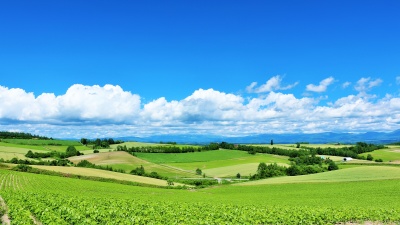
- https://www.visit-hokkaido.jp/en/feature/travelguide_summer
- Hokkaido Spring Travel Guide
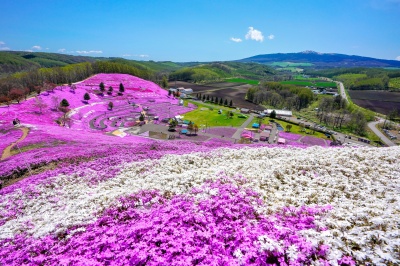
- https://www.visit-hokkaido.jp/en/feature/travelguide_spring
- Here are the recommended cherry blossom viewing spots!
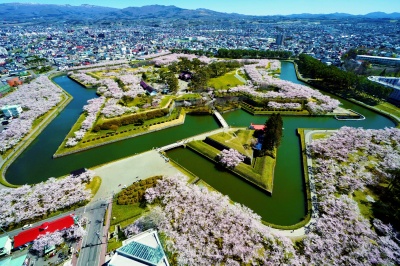
- https://www.visit-hokkaido.jp/en/feature/sakura
- Best Places to View Flowers in Hokkaido vol. 1

- https://www.visit-hokkaido.jp/en/feature/best-places-to-view-flowers-in-hokkaido-vol-1
- When is the best time to see lavender? Recommended Lavender Spots in Hokkaido
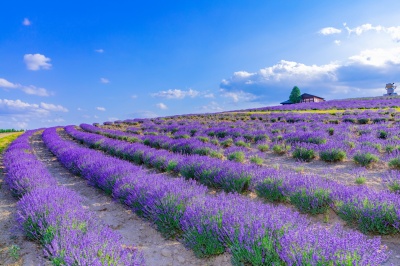
- https://www.visit-hokkaido.jp/en/feature/lavender
